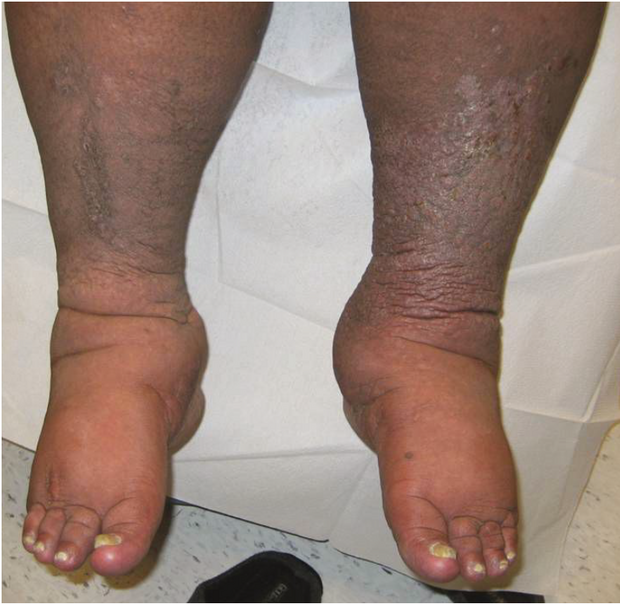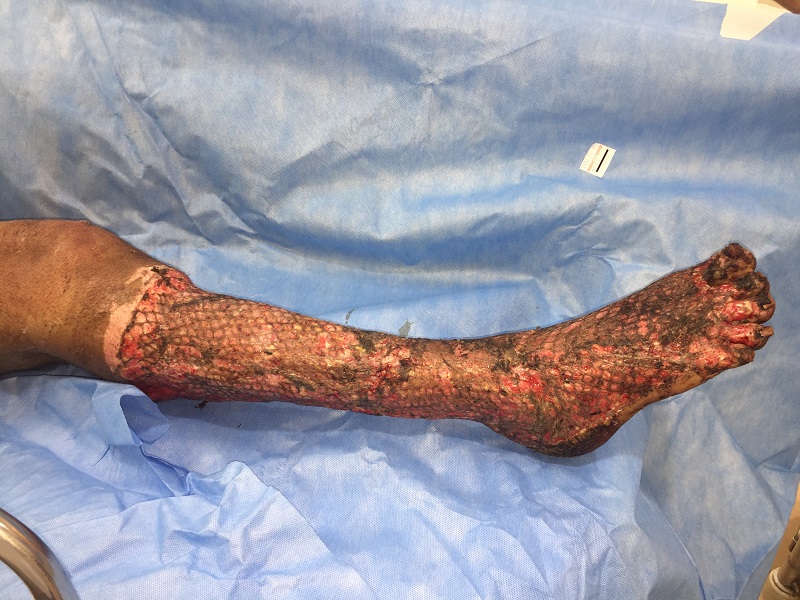Have a question?? Book an appointment!!
The Lymphatic system is a part of circulatory system and is vital for immune function. Lymphoedema is caused by blockage of this system.
Chronic (meaning long standing) Lymphoedema usually affects the arms or the legs. It can affect the Genitals, chest, or heart in certain situations.
The blockage of this system causes accumulation of protein rich fluid in the tissues.
Chronic Lymphoedema occurs across a wide spectrum of diseases.
It may be caused by
- Congenital – Birth defect of the lymphatic system
- Inflammatory – Due to parasite infection like filariasis
- Traumatic – Due to cancer surgery degloving injury
- Neoplastic – Due to cancer
- Iatrogenic following treatment for certain cancer which need the lymphatics to be removed or due to radiation injury to the lymphatic system.
- Chronic Lymphoedema causes heaviness in the arm or leg, swelling like tightness of jewellery, change in colour or temp, pitting of the skin, restricted movement of the limb.
It can be staged as stage I to stage IV depending on the degree of involvement.
It can be diagnosed by the constellation of History, Clinical examination, Investigation like ICG lymphography, Technetium 99 scan etc.
The problems associated with lymphoedema increases with time depending on the severity of blockage
These patients have swelling of the limbs to start off with. As time progresses, they are more prone for repeated attacks of infection, skin changes, and finally resistant skin infection. In some cases, the swelling of the limb may be up to 3-5 times the size of a normal limb. this makes the patient bed ridden and immobile. Early treatment can help to avoid these problems.
The treat of lymphoedema can be Non-Surgical or Surgical

- Compression garments
- Manual Lymphatic drainage
- Use of Lymphatic compression devices
Surgical treatment includes
- Lympho – Venular anastomosis blocked – LVA
Here the lymphatics are re-routed to a nearby venule (small vein) so that the protein rich lymphatic fluid can be diverted into the venous channels.
- Vascularised lymph-node transfer
Here the lymph nodes from another part of the body to the affected part. These lymph nodes take over the job of draining the excess lymphatic fluid.
- Excision and skin grafting.
In extreme cases where these irreversible skin changes, the affected part skin may have to be removed and skin grafts may have to be applied.
- Amputation
In certain long standing cases amputation may have to be done to alleviate patient’s problems.
Thus lymphoedema is a debilitating disease and seeking early treatment can help these patients lead a normal life.

